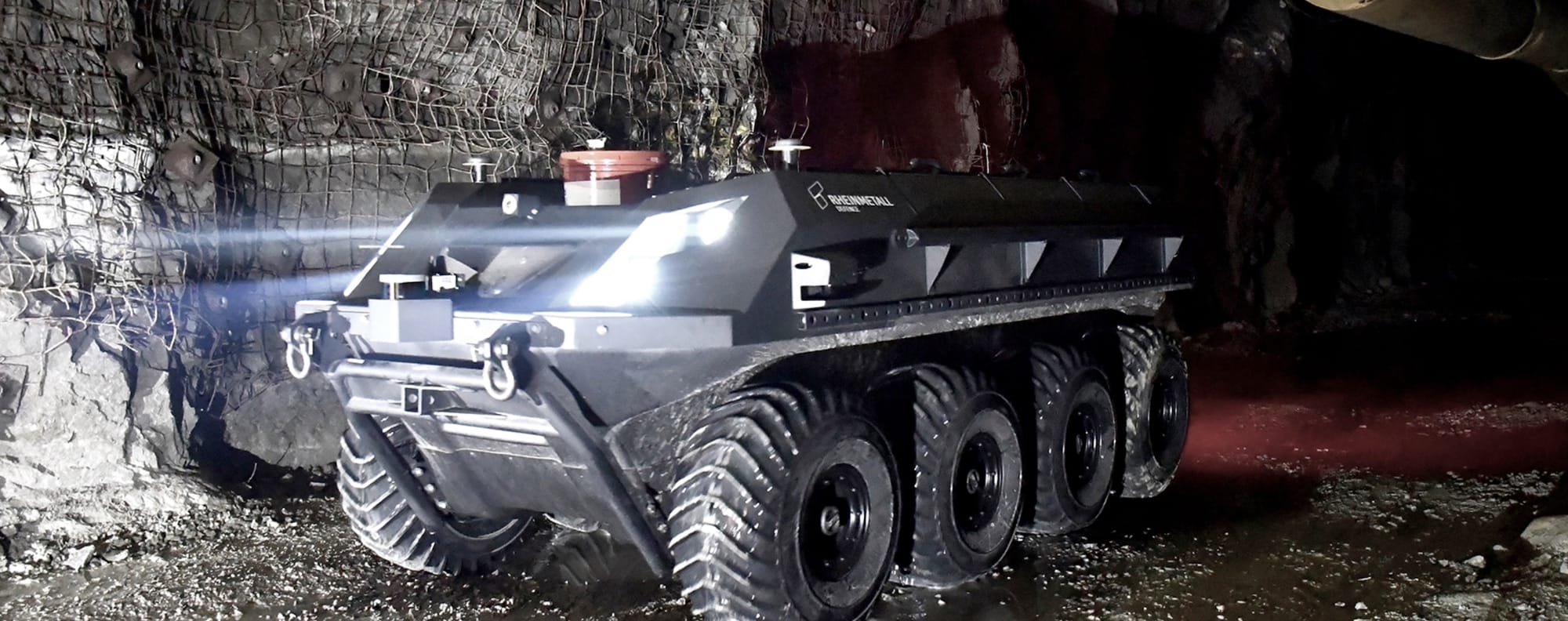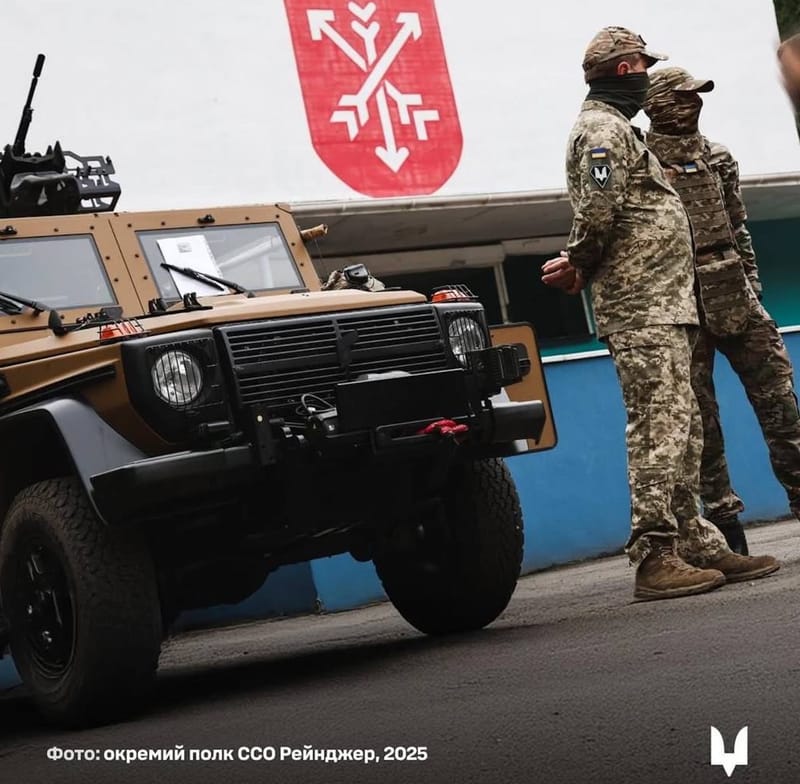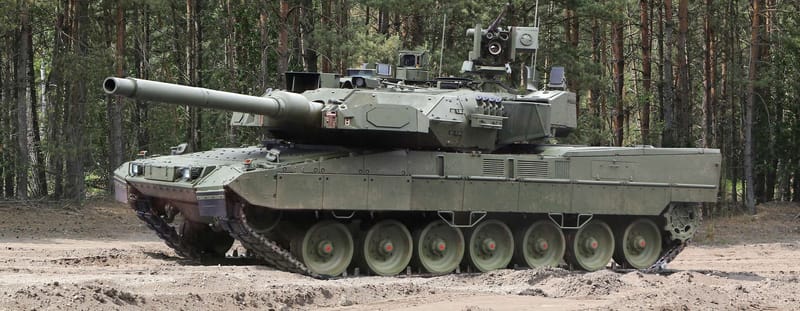iMUGS2: Europe Integrates Modular Unmanned Ground Systems into Force Architecture
Europe’s iMUGS2 project moves unmanned ground systems from prototype to operational use—embedding modular autonomy into EU battlegroup planning.
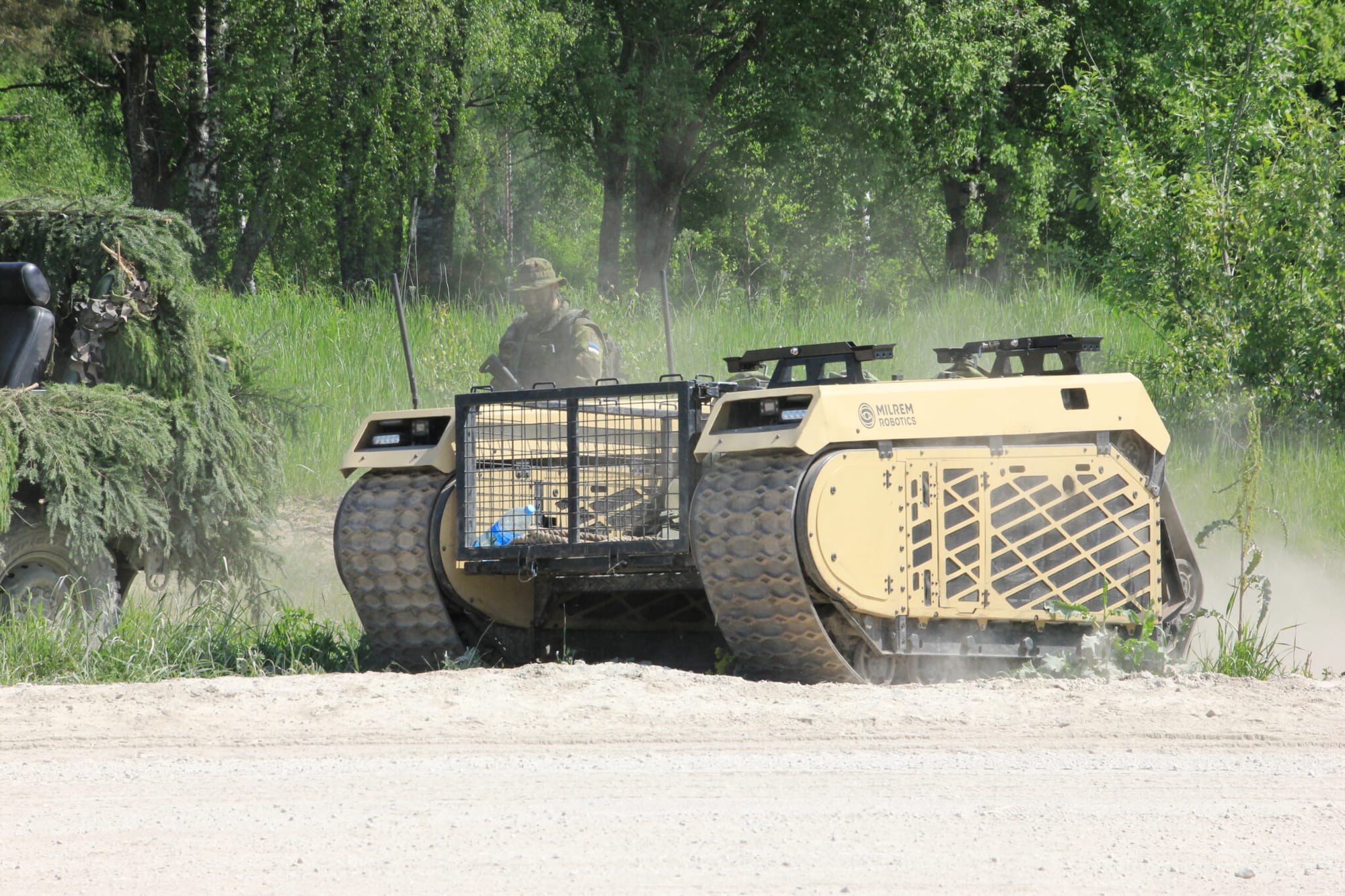
Key Insight of the Story:
Europe is moving from experimentation to operational deployment of modular unmanned ground systems (UGS) through iMUGS2, embedding scalable autonomy into EU force posture.
This shift reflects:
- Doctrinal Integration — UGS are now embedded into battlegroup-level operations, enabling manned-unmanned teaming across maneuver, logistics, and ISR.
- Strategic Convergence — iMUGS2 reinforces Europe’s deterrence architecture—from frontier infrastructure to industrial coordination.
- Systems Integration — Prioritizing NATO interoperability, UGS are treated as modular nodes within a digitally unified European defense framework.

Europe’s Modular UGS Ambition: Strategic Implications of iMUGS2
Introduction: iMUGS2 and the Future of Europe’s Unmanned Ground Systems (UGS)
The European Defence Fund (EDF) has approved nearly €50 million for the iMUGS2 project, advancing Europe’s transition to scalable, interoperable, and combat-ready unmanned ground systems (UGS). Building on the iMUGS1 project, iMUGS2 transitions from architecture development to operational deployment—underpinning Europe's broader push for technological sovereignty and enhanced cross-domain warfighting capabilities via robotic autonomy.
From Concept to Combat: Maturing UGS Capabilities
iMUGS1 laid the groundwork for Europe’s UGS ambitions with the Milrem THeMIS platform. iMUGS2 evolves earlier prototypes into field-ready capabilities. It emphasizes scalability, combat readiness, and mission adaptability.
Key deliverables include:
- Operational UGSs: Ready for deployment with dismounted, mechanized, and motorized infantry units.
- Deployment Doctrines: Developing manned-unmanned teaming (MUM-T) strategies and cross-domain integration concepts.
- Upgraded Open Architecture: Supporting Through Life Capability Management (TLCM) for long-term adaptability.
Interoperability in Modern Warfare: A System-of-Systems Approach
iMUGS2 embodies a System-of-Systems (SoS) design that extends beyond hardware modularity to seamless digital integration. Critical components include:
- Intelligence, Surveillance, and Reconnaissance (ISR) Networks: Enhancing battlefield awareness.
- C3 Interoperability: Integrating NATO-compatible Battle Management Systems (BMS).
- Multi-platform Integration: Incorporating Unmanned Aerial Systems (UAS), Unmanned Underwater Vehicles (UUVs), and optionally manned systems.
With a focus on GNSS-denied environments—influenced by battlefield lessons from Ukraine—iMUGS2 anticipates electronic warfare and degraded battlefield conditions.
Manned-Unmanned Teaming (MUM-T) for Battalions
iMUGS2’s integration extends beyond research and development. The project’s scope includes:
- Tactical Trials: Simulating 72-hour operational deployments.
- Battalion-Level MUM-T Deployment: Enabling collaboration between unmanned and manned systems at the tactical level.
- Integration with Manned IFVs and Logistics: Enhancing coordination and battlefield efficiency.
This approach ensures unmanned platforms are integrated for reconnaissance, casualty evacuation, and across the full spectrum of maneuver, fires, and sustainment within battlegroups.
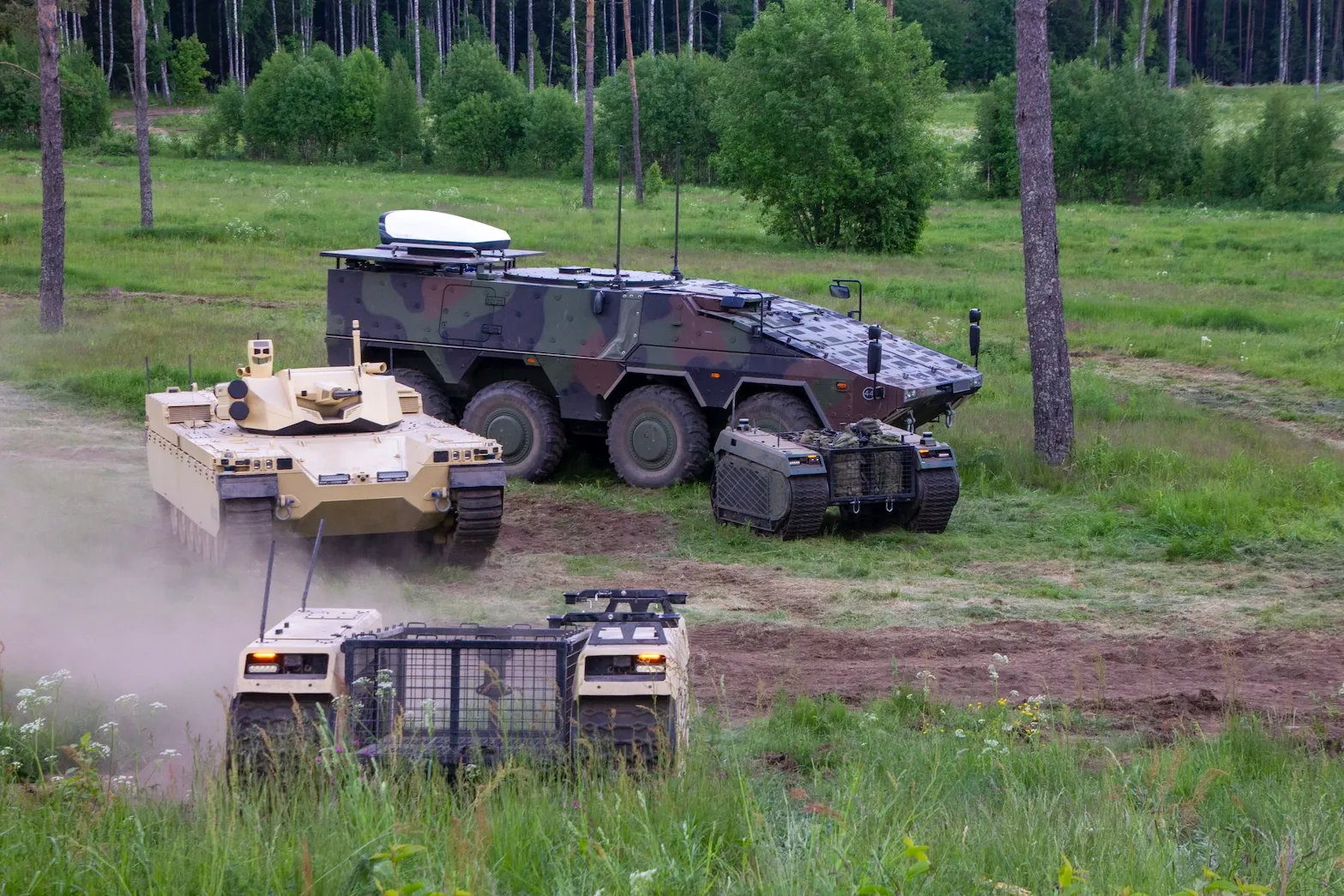
Battlefield Lessons from Ukraine: Designing for Attrition, Speed, and Resilience
The ongoing conflict in Ukraine underscores the effectiveness of attritable unmanned systems for ISR, decoying, and short-range fire coordination. iMUGS2 builds upon these lessons by designing for rapid deployment, battlefield integration, and cost-effectiveness, ensuring platforms are fit for contested, combined-arms environments.
The program’s emphasis on cybersecurity and electronic hardening further strengthens Europe’s commitment to resilient autonomy, ensuring that systems are prepared for adversarial challenges—not just operational efficiency.
Impact on Europe’s Defense Industrial Ecosystem
iMUGS2 is a prime example of Europe’s horizontal industrial model, featuring a consortium of 29 partners across 15 EU member states [→ View full list on imugs.eu ]. The project’s industrial strategy could lay the foundation for:
- Standardized UGS Fleets: Ensuring interoperability across platforms and payloads.
- Sovereign AI Autonomy: Developing EU-based, AI-enabled autonomy systems.
- EU-Based Defense Robotics: Reducing reliance on non-EU suppliers for defense technologies.
If this model continues in future procurement programs, it could ensure cost-efficient interoperability across EU member states without increasing the total cost of ownership. The industrial consortium model behind iMUGS2 may prove decisive in shaping scalable force components that align with Europe’s operational and institutional defense goals.

Analysis: Implications for EU Force Posture - What the iMUGS2 means for Europe's doctrine of deterrence.
From a doctrinal and force posture perspective, iMUGS2 functions as both a technical project and a conceptual proofpoint for how unmanned systems can be structurally embedded into the EU’s evolving defense model.
The evolution of iMUGS2 coincides with structural shifts in European deterrence policy—from legal frameworks such as the Special Tribunal to physical infrastructure like Lithuania’s defensive belt. The project fits within this broader institutionalization of deterrence by contributing to scalable force multipliers that do not necessarily require permanent basing or escalation-heavy deployment models.
1. Institutionalization of Deterrence
iMUGS2 reflects a broader shift from ad hoc or experimental posture to structural, pre-integrated capabilities. This aligns with EU deterrence planning that increasingly favors:
- Permanent deployments (e.g. forward brigades, logistics hubs),
- Distributed resilience over centralized force concentration,
- And pre-authorized modular systems that can scale under political constraints.
By embedding unmanned systems into battalion-level doctrine, iMUGS2 supports this institutional turn—making deterrence more flexible, persistent, and politically sustainable.
2. System-of-Systems Integration as Strategic Enabler
Rather than focusing on platform-centric capability, iMUGS2 embraces a system-of-systems (SoS) model, mirroring NATO’s C4ISR and multi-domain integration goals. The implication is doctrinal:
UGS are no longer tactical novelties, but components in force packages designed for contested, denied, or hybrid environments.
This supports EU ambitions to:
- Enable interoperable deployments across member states without full joint basing,
- Introduce layered autonomy into ground forces (survivable ISR, logistics autonomy, decoying),
- Prepare for short-notice response via pre-integrated assets.
3. Embedded Modularity Supports Tailored Force Packages
iMUGS2’s modularity allows member states to field UGS elements in line with their own defense structures—without requiring doctrinal uniformity across the EU. This supports:
- National opt-in participation in collective missions,
- Greater scalability of multinational battlegroups (e.g. forward deployments, border missions),
- Use of attritable UGS units as force multipliers in gray-zone or standoff contexts.
In other words, interoperable UGS can serve as both symbolic and functional elements in deterrence—low-cost, low-risk, but high-utility assets that are harder to politically contest or escalate.
4. Contributes to EU Strategic Autonomy Without Escalatory Posture
Unlike manned offensive systems, UGS development like iMUGS2 advances capability without forcing escalation dilemmas. This fits the EU’s need for:
- Non-provocative posture enhancement,
- Greater resilience in frontier zones (e.g. Baltics, Balkans),
- And technological sovereignty in a defense space increasingly exposed to external supply chain risk.
Conclusion: iMUGS2 integrates unmanned systems as core elements of EU force design
iMUGS2 marks a structural evolution in EU force design. It embeds modular autonomy into multi-domain defense strategy without disrupting current architectures. The project demonstrates how UGS can become foundational assets within Europe’s layered, deterrence-oriented posture.
Further Reading on Großwald
The following reports deepen the technical, doctrinal, and industrial context surrounding iMUGS2’s role in Europe’s modular force architecture.
I. Modular Integration and Doctrinal Alignment
1. MGCS GmbH: Franco-German Firm Behind Europe’s Next MBT -
Why it fits: MGCS and iMUGS2 both represent Europe’s shift to a system-of-systems model. Where iMUGS2 tests modular autonomy at the tactical level, MGCS embeds it into future MBT architecture.
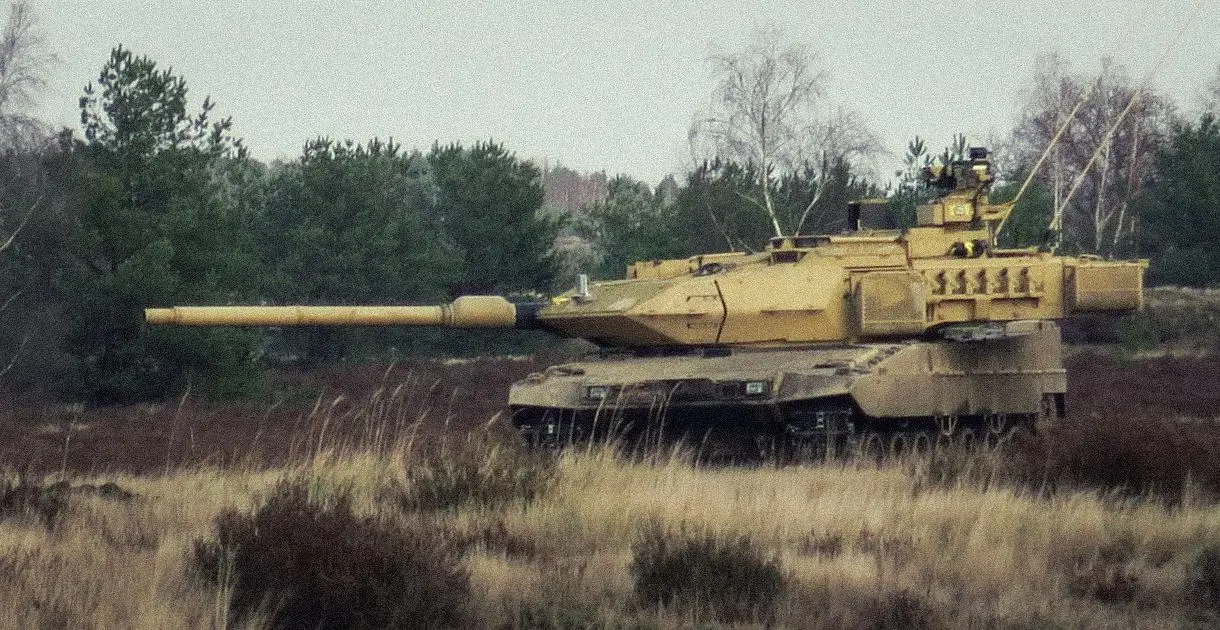
2. Europe’s Post-2027 MBT Programs: FMBTech, MGCS, Leopard 2A8
Why it fits: Frames how modular autonomy fits into post-2027 armored vehicle roadmaps. iMUGS2 serves as a convergence testbed across EU-funded tracks.
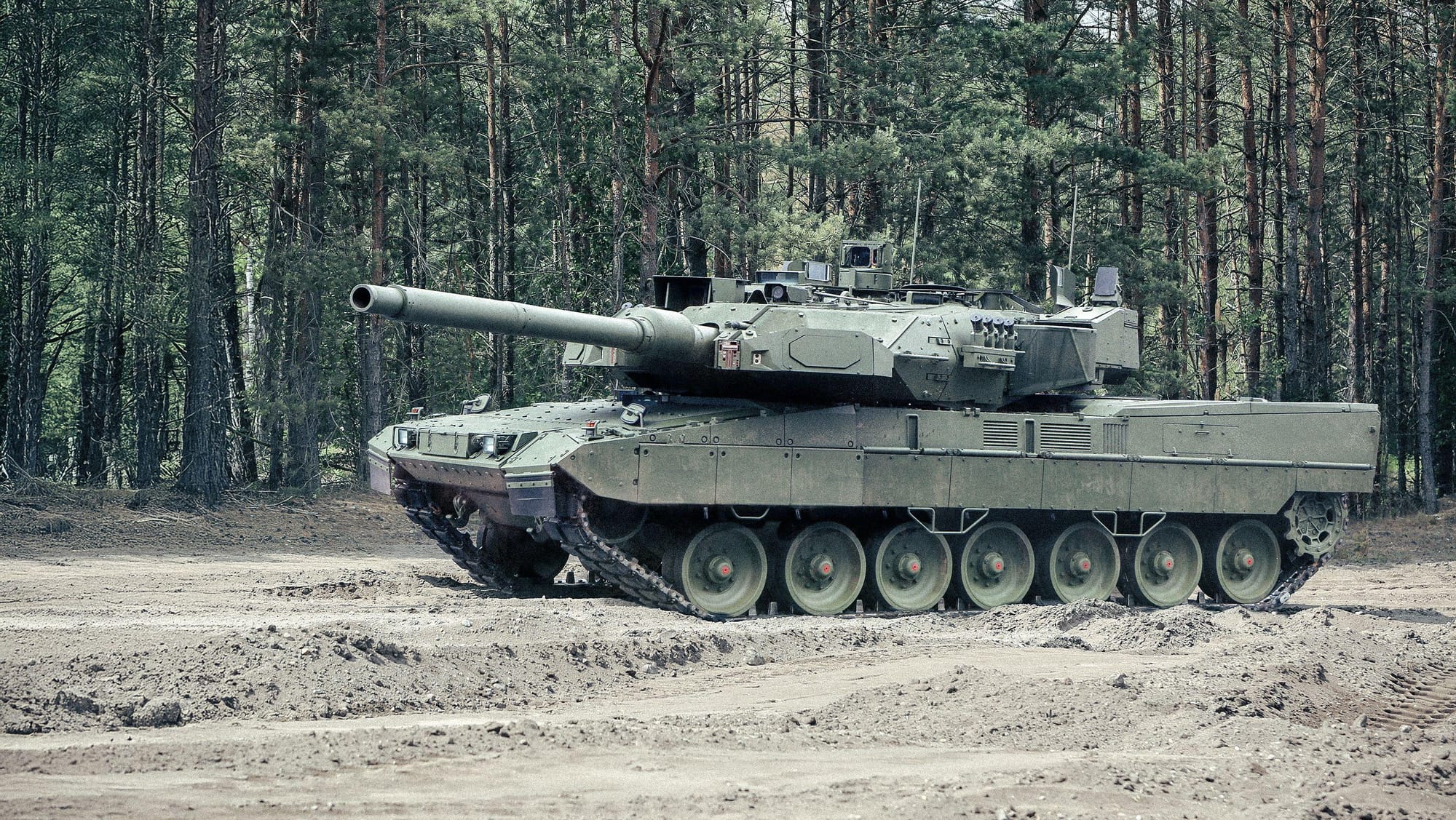
II. Interoperability and Digital Backbone
3. Rheinmetall and Auterion: Unified OS for Unmanned Platforms
Why it fits: Addresses the software integration layer needed for iMUGS2 to function in joint and GNSS-contested environments.

4. KNDS & Rheinmetall to Digitize German C2 Systems
Why it fits: iMUGS2 depends on digital C2 layers for real-time coordination. D-LBO represents the operational infrastructure into which modular unmanned systems must integrate—linking autonomy to battlefield decision cycles.
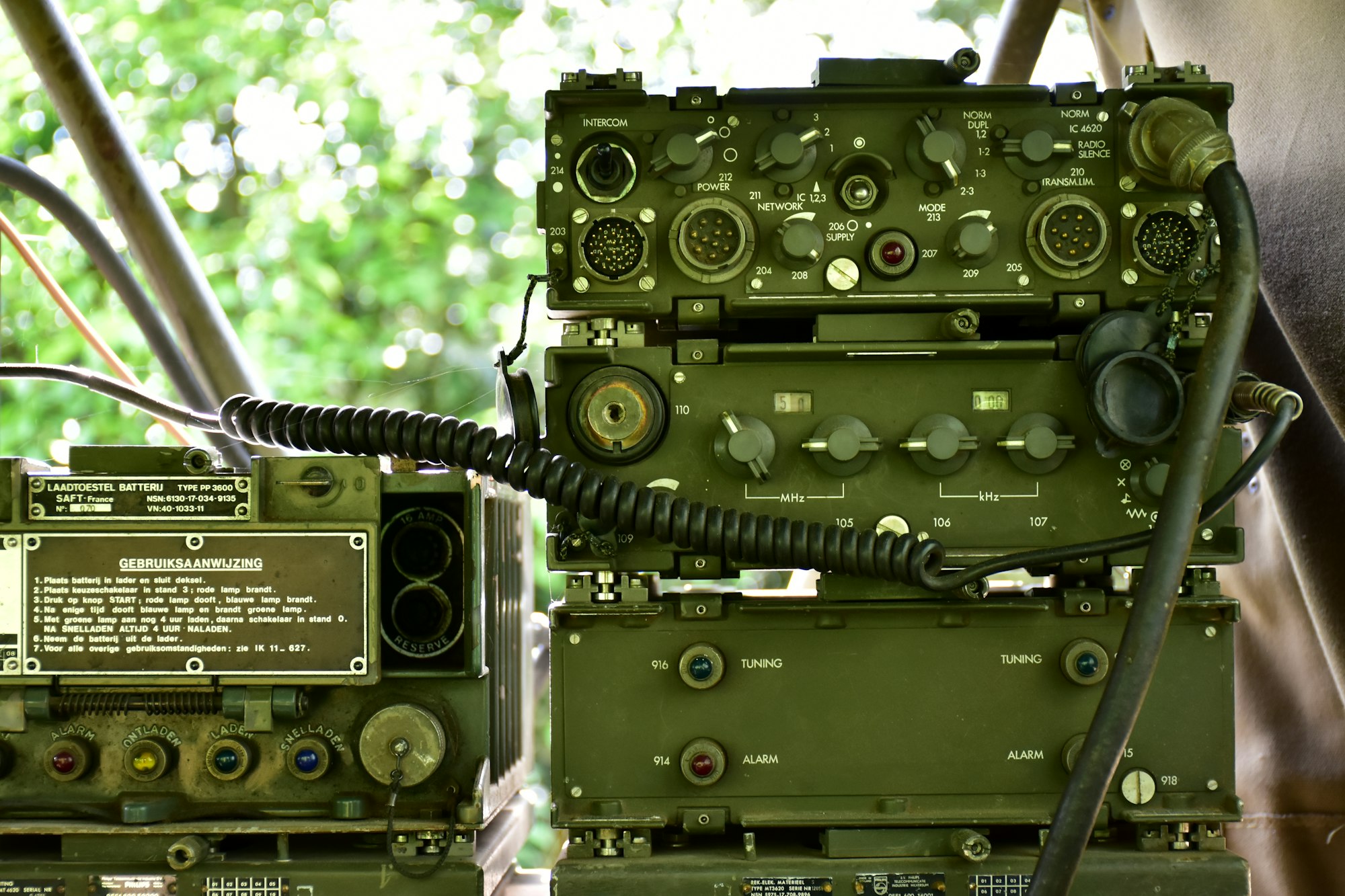
III. Industry-Driven Autonomy Paths
5. Rheinmetall Expands PATH Autonomous Kit Program
Why it fits: Illustrates a parallel UGS track—platform-specific, industrially led. Useful comparison for understanding how iMUGS2 differs in structure and doctrine.
